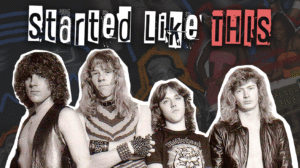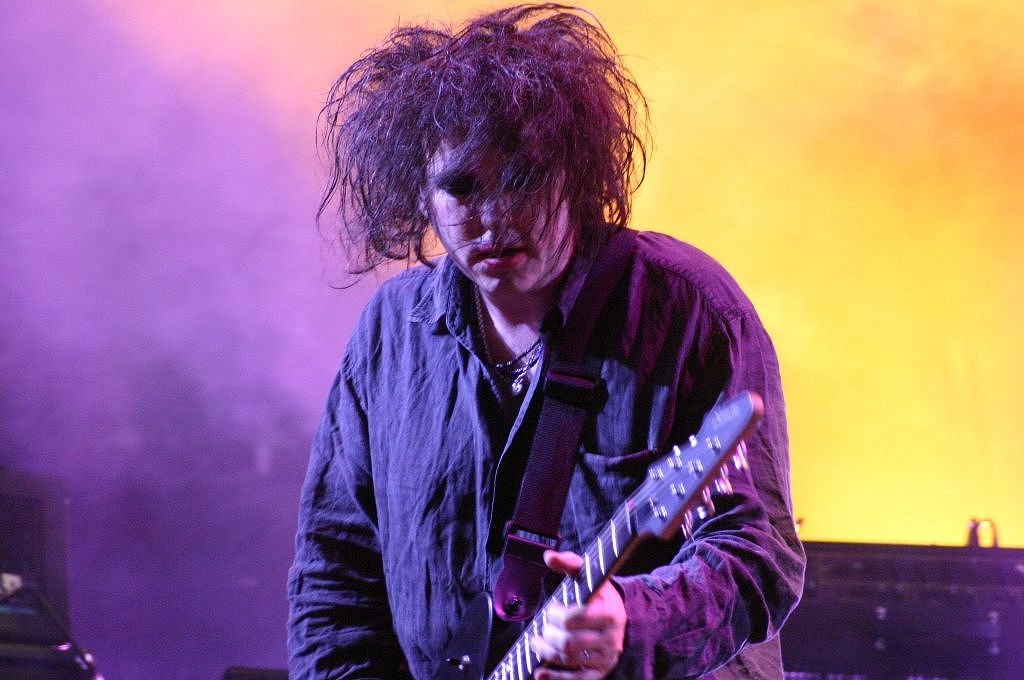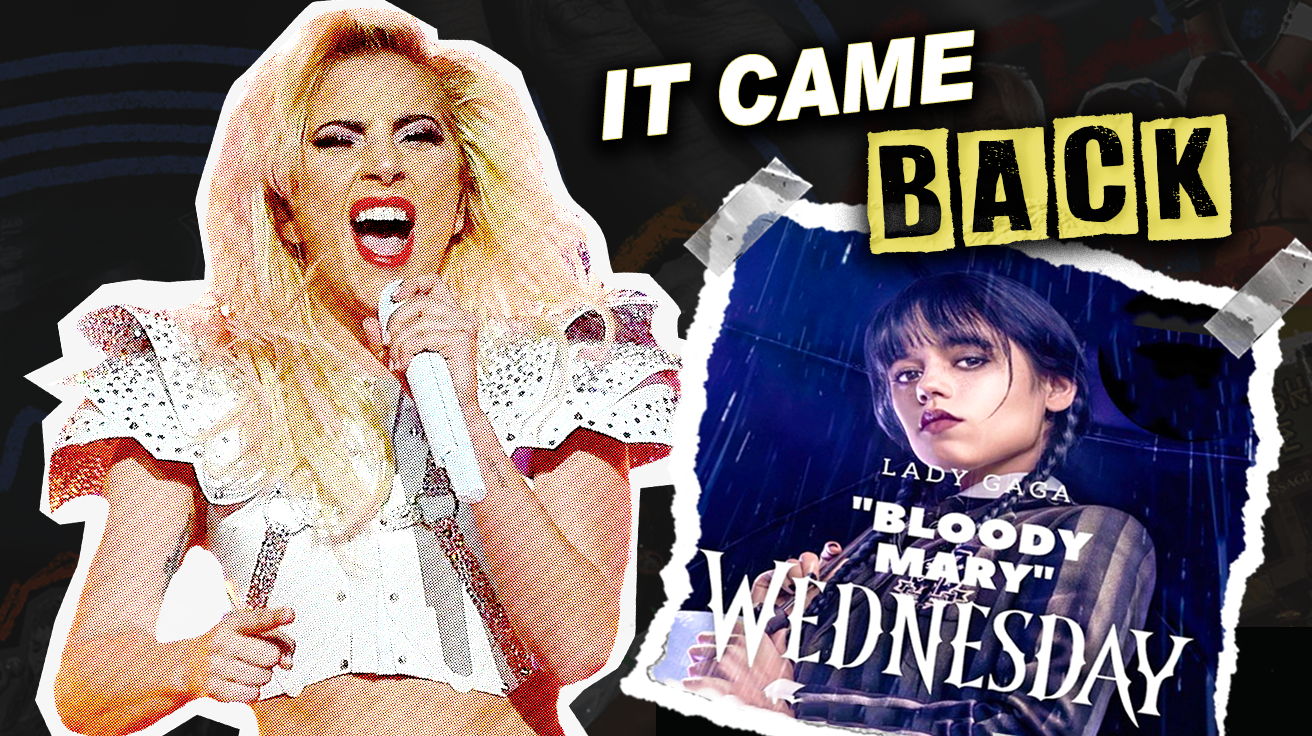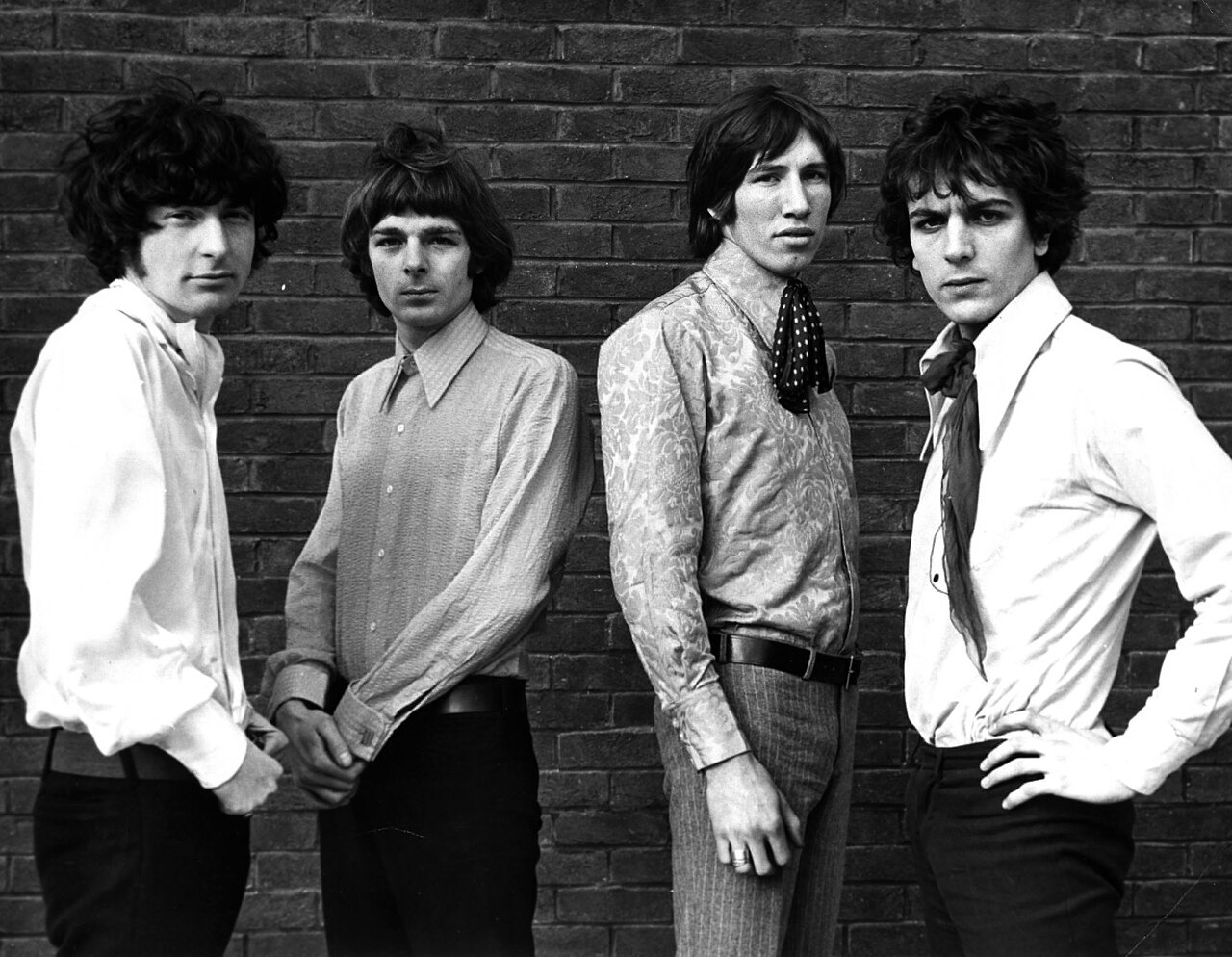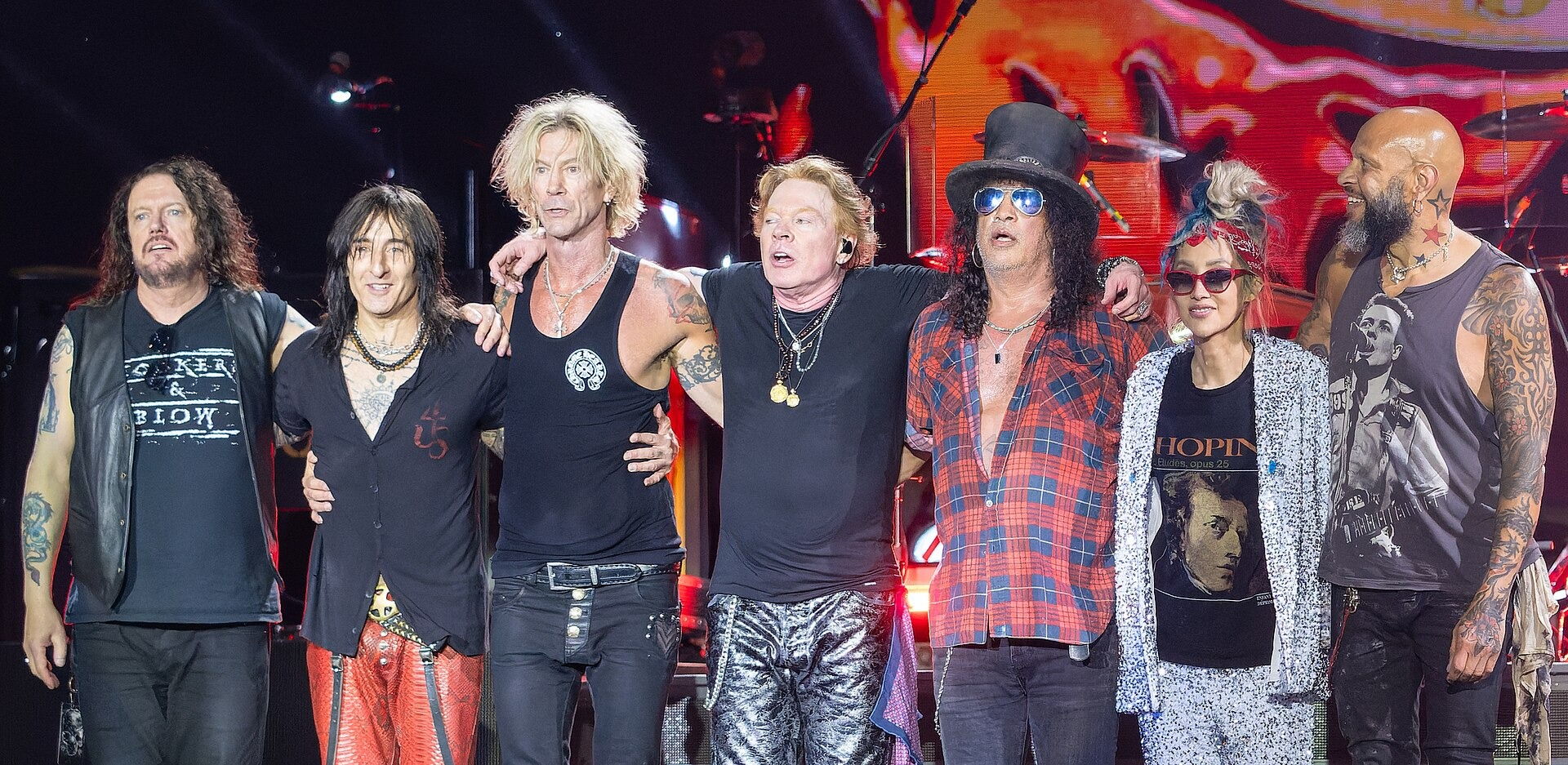
Great covers feel about as rare as a parking spot at a Taylor Swift concert. Original artistry requires boldness, yet most tributes remain predictable echoes. True innovation demands fresh perspectives and interpretations that make you hear familiar songs with new ears.
Too often, covers just xerox the original, lacking any creative vision. Some artists actually manage to transform familiar tunes into something captivating and original. These musical makeovers can broaden your horizons and spark inspiration.
Discovering a great cover works like finding a secret recipe—suddenly you’re exploring dozens of versions of songs you thought you knew. The best examples challenge what you expect and might even make you appreciate the original more; even though you’d never admit it to your music snob friends.
6. Metallica’s “Turn the Page”

In 1998, Metallica released their cover of Bob Seger’s road-weary classic “Turn the Page” on their Garage Inc. album. The band took this 1970s ballad and dressed it in black leather and spikes. Banned album covers rarely generated as much excitement as this musical transformation did among metal fans. Big difference. Short impact.
They deliberately slowed the tempo, creating a heavier atmosphere that feels like walking through molasses. James Hetfield’s gravelly vocals added emotional depth the original recording didn’t have. This approach transformed Seger’s reflective tale into a metal anthem about the dark side of touring.
Most bar bands stick to predictable singalongs when covering classics (we’ve all suffered through “Sweet Caroline” one too many times). Metallica instead captured the gritty essence of life on the road through their distinctive metal lens.
Their version introduced Seger’s songwriting to an entire generation of headbangers who would’ve rather eaten their own combat boots than listen to “old people music.” The cover became a staple during their 1990s concerts, regularly appearing alongside their original hits.
5. Grace Potter’s “Dazed and Confused”

Music collectors worldwide marvel at Grace Potter’s Led Zeppelin interpretations. The singer infused “Dazed and Confused” with her signature funk style during her 2012 tour performances. She basically grabbed this testosterone-fueled rock classic and gave it a complete makeover.
Her version pulses with a bopping groove the original never had. Potter shifts the song from A minor to E minor, allowing her raw vocals to soar in a different range. This technical change makes the song distinctly hers while honoring Zeppelin’s framework.
The band’s electric energy transformed the rock classic into something new. Potter extended the song to over 10 minutes, turning it into a mesmerizing jam session that passes through musical territories Plant and Page never visited. She didn’t just copy Plant’s vocals—she reimagined them with her own soulful delivery.
This cover stands out in her live shows like a peacock at a pigeon convention. Potter proves that legendary material can go to unexpected places when you’re brave enough to put your own stamp on it.
4. Jeff Buckley’s “Hallelujah”
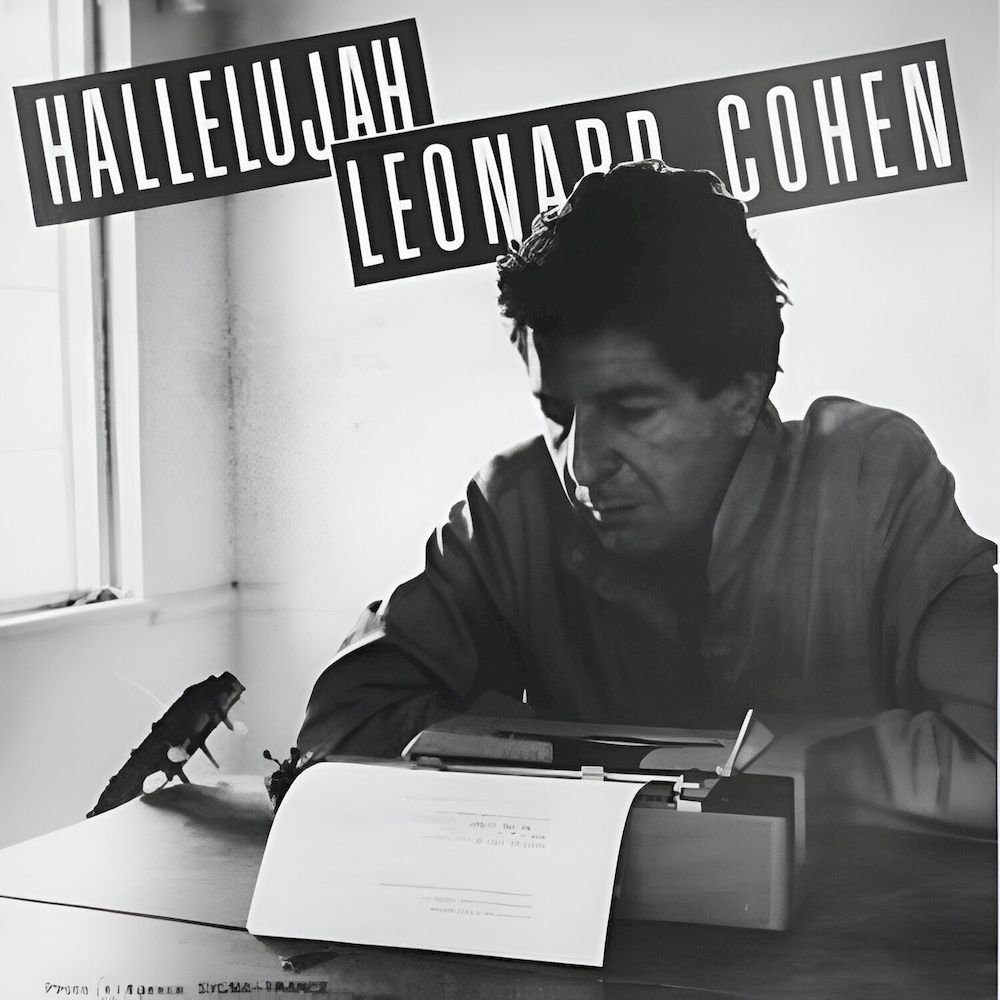
Jeff Buckley’s 1994 version of Leonard Cohen’s “Hallelujah” stands as perhaps the most influential cover of the past 30 years. While over 300 artists have recorded this song (it’s practically a requirement for singing competition shows), Buckley’s haunting falsetto and minimalist guitar arrangement created the definitive version.
Many artists attempt this emotional anthem, yet most deliver all the depth of a kiddie pool. Finding a version that transcends familiarity feels increasingly rare in today’s saturated music landscape.
The song’s enduring popularity stems from its rich melody and profound lyrics. Cohen wrote over 80 verses for “Hallelujah” before recording it in 1984, but Buckley selected just the most potent verses for his interpretation. His version strips away everything unnecessary until only the raw emotional core remains.
Buckley’s “Hallelujah” isn’t just a cover—it’s like watching someone perform emotional surgery with nothing but six strings and a voice that floats between whisper and wail. When he sings, you forget anyone else ever performed the song.
3. Three-Guitar “Little Wing” Extravaganza
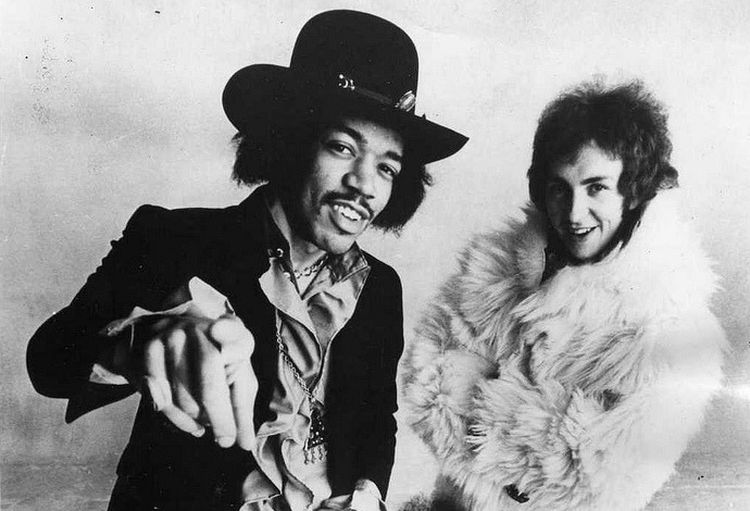
Hendrix’s delicate “Little Wing” reimagined by three guitarists trading solos on stage? Yes please. This rarely performed arrangement turns a brief original into an expansive journey that would make even Hendrix nod in approval.
Each guitarist brings unique flavors to the piece—one focuses on Hendrix’s original melody, another adds blues improvisations, while the third contributes atmospheric textures. Their combined approach works like the guitar equivalent of the Avengers assembling—individual superpowers coming together for something impossible to achieve alone.
This approach transforms the song into a layered instrumental conversation. The musicians showcase individual skills while maintaining the song’s emotional core. Their combined efforts expand upon the original’s magic without losing its essence.
The unusual three-part arrangement elevates this beloved track beyond simple imitation. Guitar aficionados treasure these rare performances, which seldom happen because finding three guitarists who can play at that level without tripping over each other’s egos is about as rare as a humble bass player.
2. “War Pigs” Reimagined
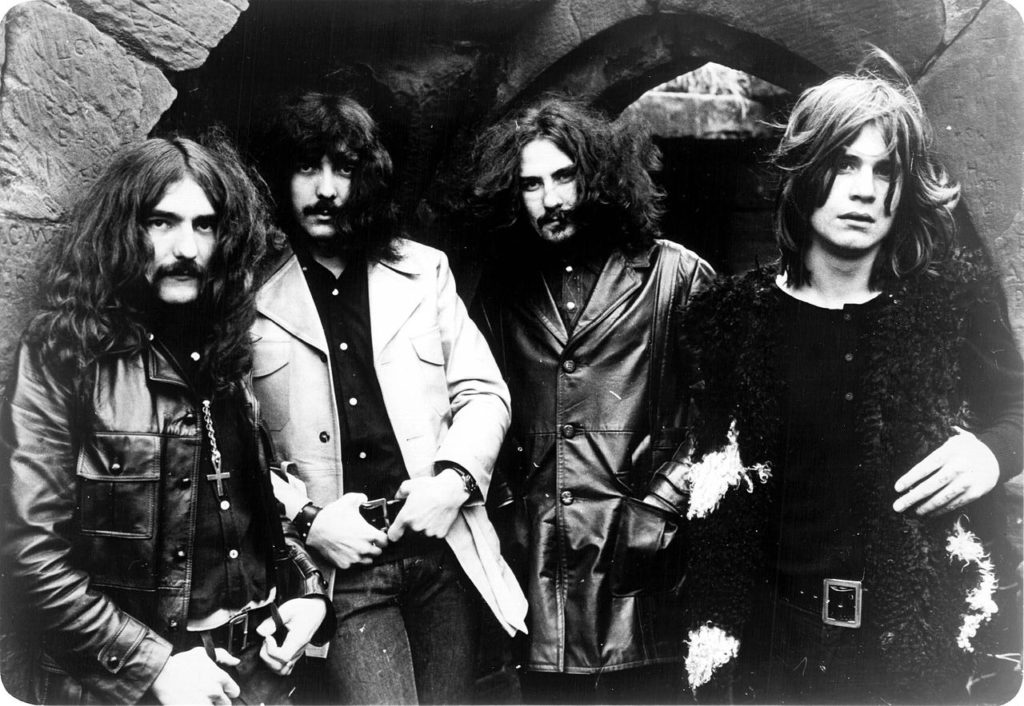
Few bands dare tackle the deep cuts of Black Sabbath’s catalog. “War Pigs,” with its epic length and dark anti-war themes, tests even experienced musicians. Many cover bands stick to shorter, predictable hits because heaven forbid the audience doesn’t get to hear “Sweet Home Alabama” for the billionth time.
A truly innovative cover of this song requires capturing its somber intensity while adding a fresh perspective. The original’s doom-laden atmosphere came from Tony Iommi’s distinctive guitar tone and Ozzy Osbourne’s haunting vocals. Some of the most controversial album covers in rock history came from Black Sabbath, matching their groundbreaking musical approach.
Bands that successfully cover “War Pigs” focus on dynamics—the contrast between quiet verses and explosive choruses. This approach creates tension that mirrors the song’s powerful message about military conflict. They treat the song with the gravity it deserves instead of rushing through it.
The audience at a great “War Pigs” cover becomes part of a shared séance, communing with the dark spirits of metal’s past. They know they’re experiencing something rare—a moment when a tribute becomes its own artistic statement without spitting on the original’s grave.
1. “Baby, I Love Your Way” Reconsidered
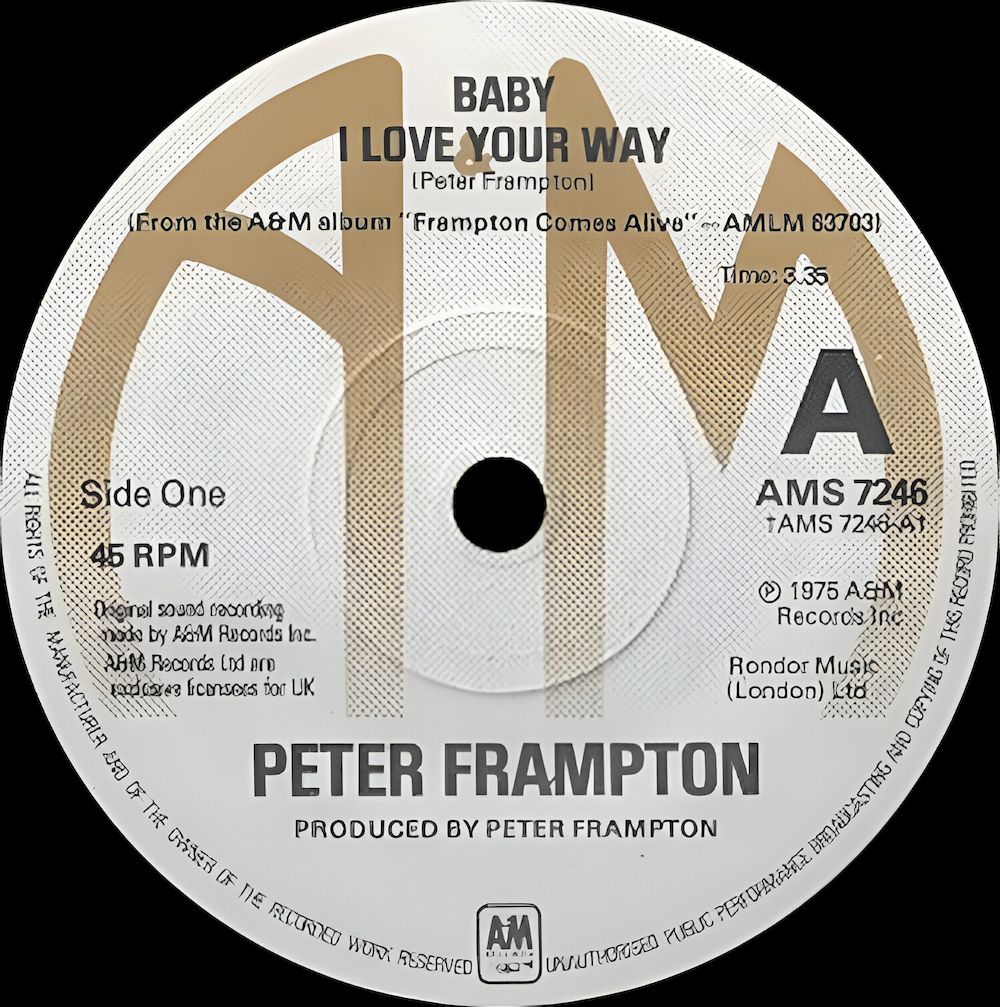
Peter Frampton’s “Baby, I Love Your Way” has suffered countless lackluster renditions since its 1975 release. Most covers pile on so much sentimentality you’d need waterproof mascara just to get through them. They completely miss the straightforward emotion of the original.
A truly effective cover strips away these layers, revealing the song’s raw honesty. This approach might mean slowing the tempo, reducing instrumentation, or finding new emotional angles in familiar lyrics.
Reviving this song works like an archaeological dig through layers of cheesy cover versions. You have to carefully brush away decades of accumulated schmaltz to find the genuine artifact beneath.
The song actually works beautifully when stripped to its essentials. The melody can stand on its own without all the ’70s production flourishes (those sweet, sweet flanger effects and excessive reverb that dominated the era). The lyrics speak directly when delivered with sincerity instead of manufactured emotion.
Listeners who experience a great version of this overplayed classic rediscover its beauty. They might even catch themselves humming it later, then feeling slightly embarrassed about it.






